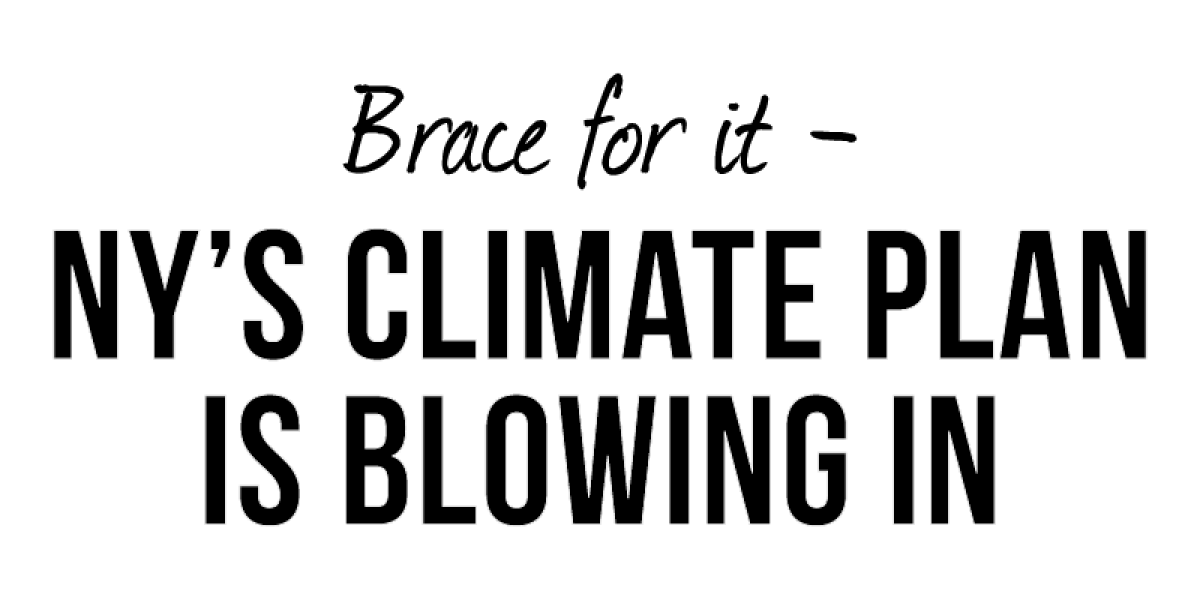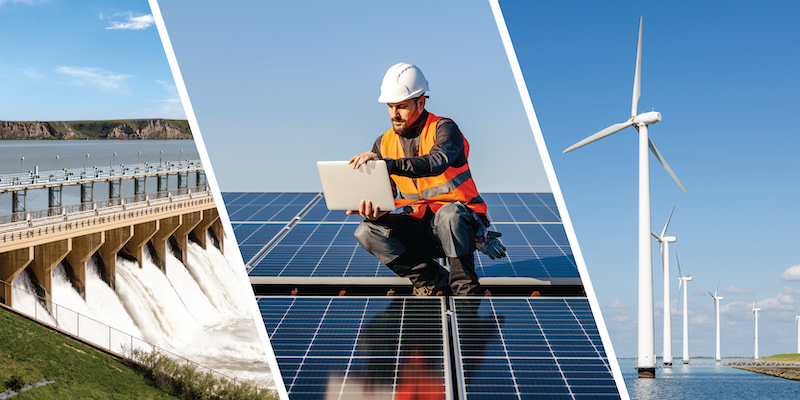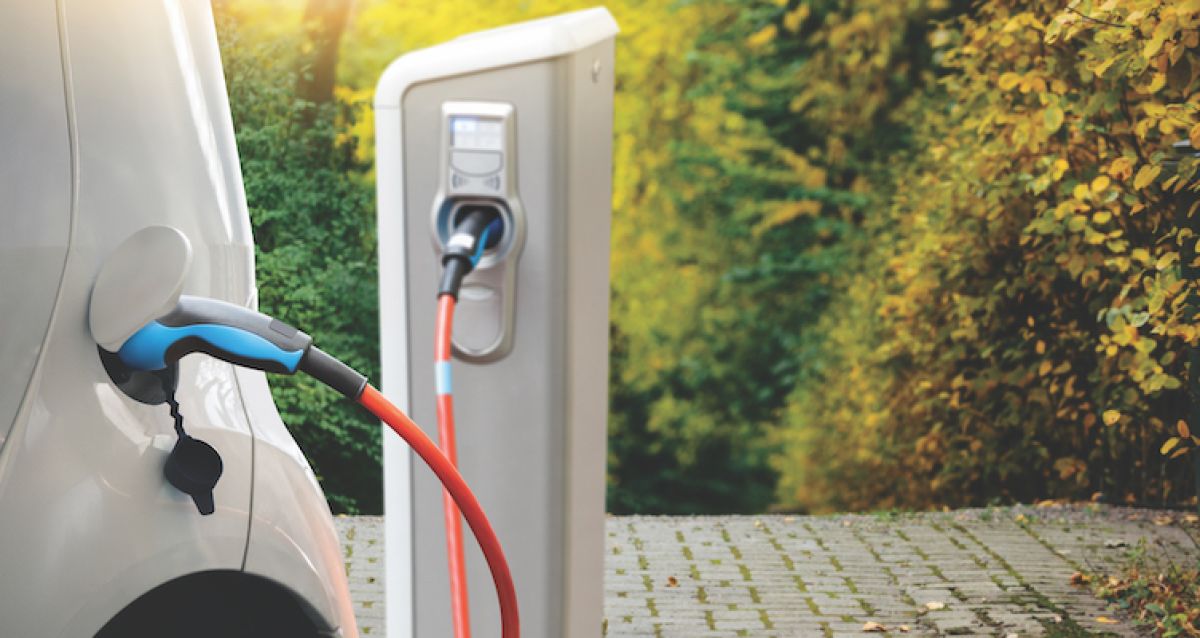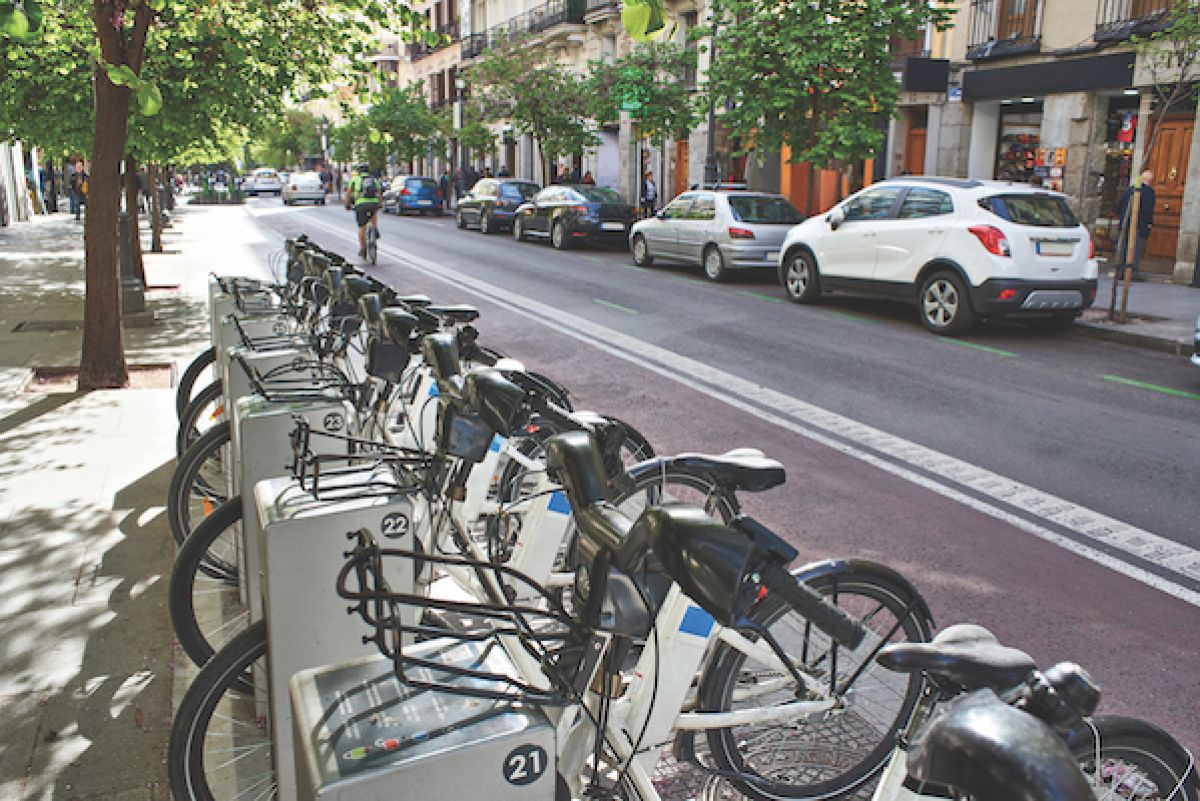
Written By Megin Potter

A ‘to-do’ list that exposes the state’s electrifying future.
By the end of the year, New York’s Climate Action Council, formed under the Climate Leadership and Community Protection Act (CLCPA), is due to submit their final Draft Scoping Plan, which guides the State Energy Plan and its implementation.
Four years in the making, the sweeping economy-wide plan strives to phase out fossil-fuel usage in favor of a renewable resource-based system during the next 30 years. Factoring both indirect and direct costs (estimated to be 0.6 - 0.7% of New York’s Gross State Product, or GSP, in 2030 and 1.4% of GSP in 2040), this diverse portfolio of strategies calculates a $90-120-billion benefit in avoided greenhouse gas (GHG) emissions and related public health expenditures.
For a “just transition” while achieving its ambitious goals, “Disadvantaged Communities” have been identified for prioritized developmental assistance. Locally, these include Fort Edward, Glens Falls, and Amsterdam.
"Using existing technologies, a 15-25GW gap between demand and need is anticipated."
Electrifying the Economy
Currently, 43+% of the state’s electricity is generated by fossil fuels, 29% nuclear, and 27% renewable resources. To become a 100% zero-emissions electricity system by 2040, accelerating the growth and deployment of land-based wind and solar, offshore wind, hydropower, and fuel cells, in conjunction with offsets and energy storage are needed. Using existing technologies, a 15-25GW gap between demand and need is anticipated, for which investment in new and emerging technologies is required to remedy.
To mitigate “leakage” (the loss of revenue when companies do business with states having less-stringent environmental goals) there are targeted financial supports, such as; dynamic electricity rate structures, early action credits, offsets, a cap-and-trade market, compensation, incentives, and land-use permitting recommended.
On the local and regional level, this includes decarbonization planning guidance, the creation of hundreds of thousands of new jobs, efforts to support displaced workers including licensing, job training, prevailing wage and fair-pay provisions, apprenticeships, and a K-12 climate change curriculum.
To improve community resiliency during extreme weather events, storm-hardening infrastructure and centrally-located, “Climate Resilience Hubs”, where people can gather during power outages, ease the transition.

Transportation Gets a Jolt
In November 2021, it was determined that of the more than 9 million light duty vehicles (LDV) registered in New York, just 45,000 were zero-emission vehicles (ZEV). The goal is to grow this to 3 million ZEVs by 2030 and approximately 10 million by 2050. This strategy hinges on bringing down the cost of new and used ZEVs while ramping up production and infrastructure (paid for in part by mileage-based users fees that could effectively replace declining gas tax revenues).
By using renewable diesel, and other lower carbon fuels in internal combustion engines, the State can meet clean fuel standards while transitioning. Financial incentives, combustion pricing, and registration fees encourage the early retirement of gas-powered vehicles.
The largest investment ever in mass transit is being called for, and micro-mobility (e-bikes, e-scooters, and pedestrian traffic) is to be incorporated into denser city planning layouts encouraging shorter travel distances to work, school, and recreation. Additional avenues to reduce emissions include automated vehicles, shared mobility services, and the use of the Internet of Things (IoT) to streamline travel. A system of fees would discourage city parking.

Building the Future
At 32%, New York’s 6 million buildings create the largest percentage of GHG emissions in the state. The fuels used in buildings today include natural gas, distillate fuel (heating fuel #2), wood, propane, kerosene, and residual fuel.
To end investments in new gas infrastructure, the plan recommends prohibiting utilities from providing new gas service by 2024. Instead, heat pumps will accomplish space and water heating in new construction.
By 2030, it is planned for heat pumps to be in one to two million homes and 10% to 20% of commercial spaces statewide. Each year onward, more than 250,000 homes, and thousands more commercial buildings, are expected to be retrofitted or constructed with heat pumps to reach an 85% adoption rate by 2050.
Because nearly half (48%) of households statewide are deemed low- and moderate-income, public funding programs that help offset the installation costs (which range from $21,000 to $40,000/system) are critical for widespread adoption of heat pumps.
Energy-efficiency standards for appliances and lighting will be updated in the next five years. It is estimated that improving weatherization in homes (75% of which were built before energy codes were in place) will reduce energy demand by 30% to 50%. Programs offering financial incentives for smart thermostats and other small switch overs are already in place and will be expanded.
Additional building measures include prohibiting some refrigerants, preserving forests with denser “Smart Growth” comprehensive planning, conservation easements, and development offsets. Grants, incentives, and programs help align communities with State plans.
Regulating Waste
To help mitigate agriculture’s impact on emissions (6% of the State’s total output), climate resilient land management practices that incorporate better soil health, forests for carbon sequestration, and manure methane reduction systems (such as cover and flare, anaerobic digesters, and composting) are suggested. The use of electric farm equipment, the production of sustainable wood, bioenergy, and low-carbon products, refocus efforts into a bioeconomy that financially compensates farmers for their contributions.
In New York, only 18% of waste is recycled, the rest is sent to a landfill, exported, or burned. Reducing the disposal of organics, including food scraps, has been identified as the single most important action to cut emissions from this sector. Programs requiring major farms, supermarkets, restaurants, universities, and hospitals to transfer excess edible foods to local food banks and surcharges for organic waste disposal are to be expanded.
Phasing out single-use products, building textile recycling, and extending producer responsibility encourage the transition. The conversion of Waste Water Treatment Plants into Waste Reuse Recovery Facilities unlocks the potential to optimize new markets.
Going forward, continuing education, training, communication, research and development, are key components to realizing these changes while new regulations, laws, and policies, some advisory and others binding, will create new opportunities that will forever change New York’s energy, its people, and our way of life.
While the concept is noble, and the timeline seems possibly reasonable, many business owners are questioning if it is too idealistic. And the big concern still lingers; what is the financial impact to NY residents and companies?
